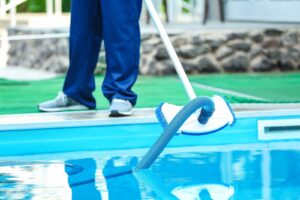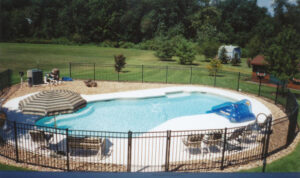Introduction:
Swimming pools are a beloved addition to many properties, providing endless hours of enjoyment and relaxation. However, to ensure a safe and hassle-free experience, regular inspections of swimming pools are crucial. This article explores the importance of swimming pool inspections, highlighting their role in maintaining safety and preventing costly repairs.
I. The Significance of Swimming Pool Inspections
Ensuring Safety and Compliance:
Swimming pool inspections play a vital role in ensuring the safety of pool users. Regular inspections help identify potential hazards such as damaged equipment, faulty electrical connections, or non-compliant main drain covers. By addressing these issues promptly, pool owners can create a safe environment for swimmers and prevent accidents.
Preventing Costly Repairs:
Early detection of minor issues through regular inspections can prevent them from escalating into expensive repairs. Inspections help identify leaks, cracks, or malfunctioning components before they cause significant damage. Timely repairs and maintenance save pool owners from the financial burden of extensive repairs or even pool replacement.
Extending Pool Lifespan:
Regular inspections and maintenance contribute to the longevity of swimming pools. By identifying and addressing minor issues early on, pool owners can prevent deterioration and extend the lifespan of their pools. This not only saves money but also allows pool owners to enjoy their investments for years to come.
II. The Process of Swimming Pool Inspections
Visual Examination:
A comprehensive swimming pool inspection begins with a visual examination of the pool’s structure, equipment, and surrounding areas. The inspector checks for signs of cracks, leaks, damaged tiles, or worn-out components. They also inspect the pool deck, fences, and safety features to ensure compliance with local regulations.
Equipment Assessment:
Inspectors thoroughly assess the pool’s equipment, including pumps, filters, heaters, and circulation systems. They check for proper functioning, signs of wear and tear, and potential safety hazards. Any issues or maintenance requirements are documented for further action.
Water Quality Analysis:
The quality of pool water is essential for the health and safety of swimmers. Inspectors collect water samples to analyze pH levels, chlorine or sanitizer levels, and overall water balance. They may recommend adjustments to ensure optimal water quality, preventing issues such as algae growth or skin irritation.
III. Frequency of Swimming Pool Inspections
Regular Scheduled Inspections:
It is recommended to schedule professional swimming pool inspections at least once a year. This allows for a thorough assessment of the pool’s condition and ensures compliance with safety standards. Additionally, inspections should be conducted after extreme weather events, such as storms or earthquakes, to check for any potential damage.
Pre-Season Inspections:
Before the swimming season begins, a pre-season inspection is highly beneficial. This helps identify any issues that may have arisen during the offseason, such as equipment malfunctions or structural damage. Addressing these issues beforehand ensures a smooth and trouble-free swimming season.
Post-Repair or Renovation Inspections:
After any significant repairs or renovations, it is essential to conduct a post-repair inspection. This ensures that the work has been completed properly and that the pool is safe for use. It also provides an opportunity to identify any additional maintenance needs.
Conclusion:
Regular swimming pool inspections are an integral part of responsible pool ownership. By prioritizing safety, preventing costly repairs, and extending the pool’s lifespan, inspections provide peace of mind for pool owners and a safe environment for swimmers. Make sure to schedule professional inspections regularly and address any identified issues promptly to ensure your swimming pool remains a source of enjoyment for years to come.





No comment yet, add your voice below!